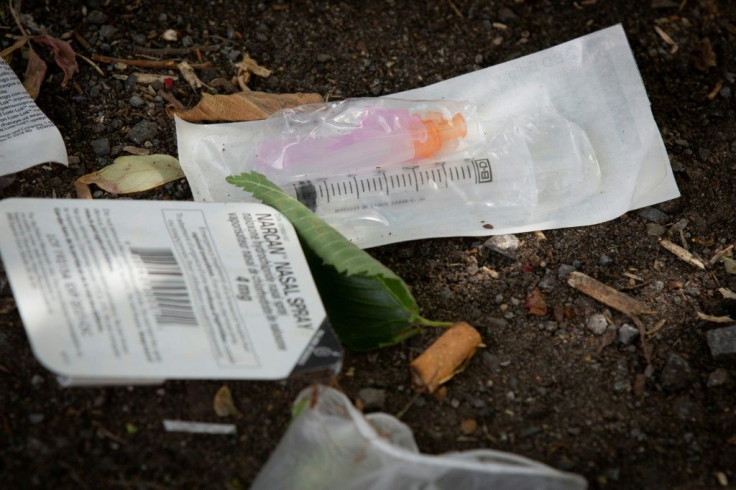5.5 Million American Adults Use Hallucinogens; LSD Usage Increased: Study

KEY POINTS
- An estimated 5.5 million Americans aged 18 and above used hallucinogens in 2019, according to a study
- The study found that overall use of the drugs increased between 2002 and 2019
- The increase may be attributed to people expecting the substances to have therapeutic benefits, researchers say
More than 5 million adults in the U.S. used hallucinogens in 2019, according to a study that also found that the use of some substances in the country has decreased over the span of nearly two decades.
Researchers at the Columbia University Mailman School of Public Health and the Columbia University Irving Medical Center estimated that 5.5 million Americans aged 18 years old and above used hallucinogens that year. Of this figure, 3 million were adults above 26.
In a study that had more than a million participants, researchers discovered that hallucinogen use among Americans aged 12 and up increased from 1.65% to 2.16% between 2002 and 2019.
However, among all the age groups, hallucinogen use only went up for those who were 26 or above, which increased from 0.53% to 1.33%, data from the study published in the peer-reviewed journal Addiction showed.
The 12 to 17 and 18 to 25 age groups, meanwhile, saw drops in overall hallucinogen use from 4.62% to 3.13% and 7.09% to 6.98%, respectively, over the course of 17 years.
The use of the hallucinogenic phencyclidine (PCP) and the drug MDMA (3, 4-methylenedioxy-N-methamphetamine), more popularly known as ecstasy, also dropped between 2002 and 2019 among the participants, according to the study.
Only the psychedelic lysergic acid diethylamide (LSD) saw an overall increase in users from 0.19% to 0.90%.
The increase coincided with a downward trend in the perception of the drug as being risky, data showed.
As new findings on the effects of supervised low-dose hallucinogens are being published at a rapid rate, the overall increase in the number of hallucinogenic users may be attributed to people expecting the substances to produce therapeutic benefits, according to the study.
Meanwhile, an explanation for the increase in LSD users and the accompanying decrease in the perception of the drug's riskiness could be the growing popularity of LSD "microdosing," which was encouraged by media coverage and online "microdoser communities," researchers said.
Microdosing is typically defined by experts as taking 5% to 10% of a full dose of a psychedelic as a way to get the supposed mental health benefits of the drug without the hallucinogenic high, according to The New York Times.
"In light of popular media reports of a forthcoming 'psychedelic revolution' with commercialization activities that may further reduce public perception of any risk, researchers, clinicians and policy makers should increase their attention to the rising rates of unsupervised hallucinogen use among the general public," researchers said.

© Copyright IBTimes 2025. All rights reserved.





















